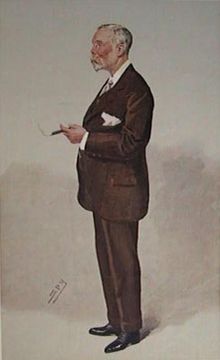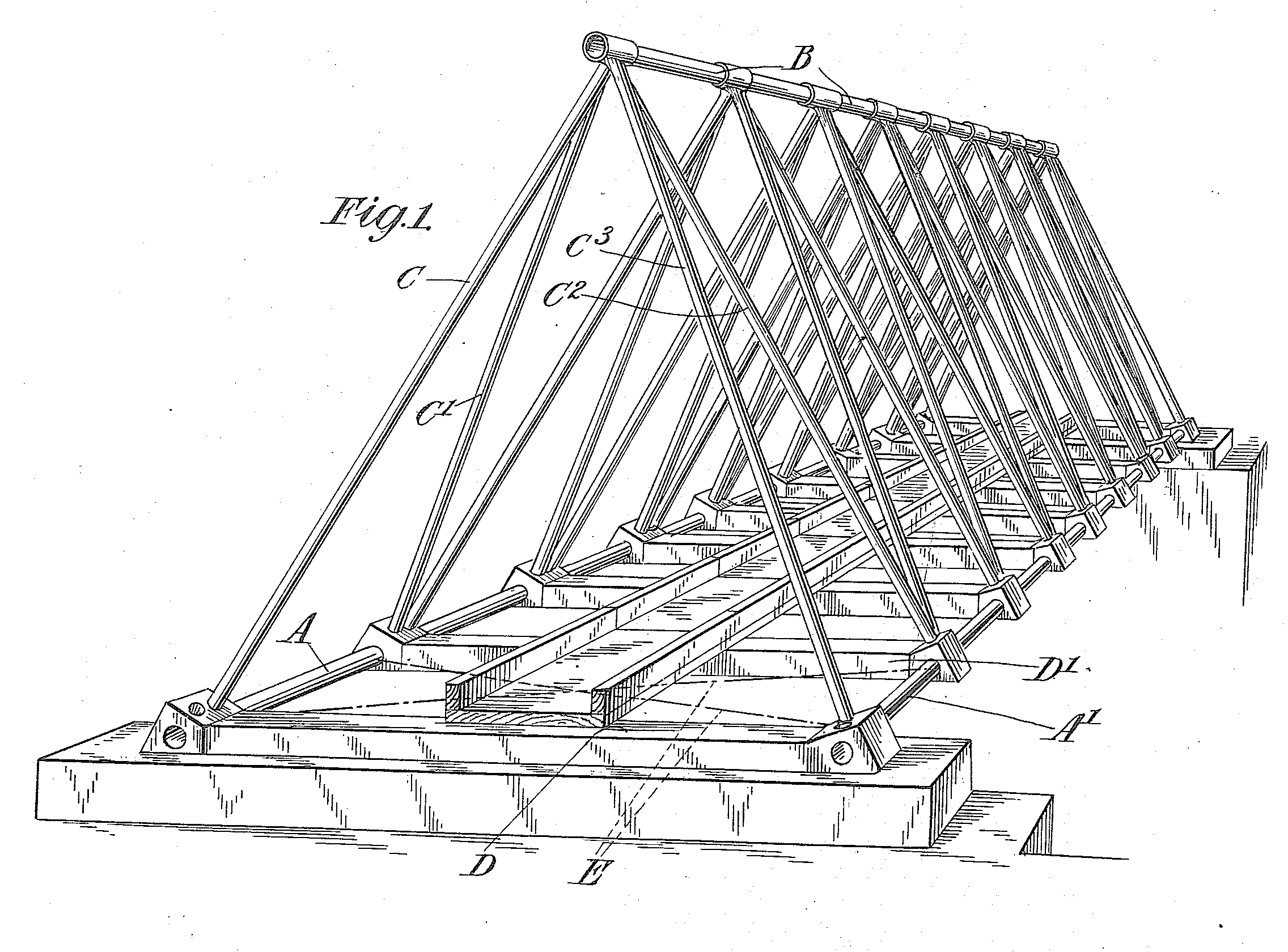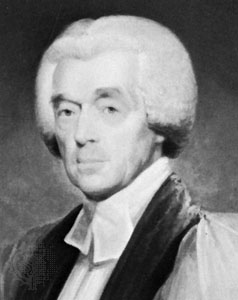Charles Inglis (engineer)
Charles Edward Inglis (pronounced Ingels ) ( born July 31, 1875 in Worcester, † April 19, 1952 in Southwold ) was a British engineering and a civil engineer.
Inglis was the son of a doctor and studied at the University of Cambridge (King 's College ) Mathematics and Mechanics with a bachelor's degree 1897. Afterwards he worked as a civil engineer with John Wolfe Barry and Partners, where he designed bridges for the railroad in the vicinity of London. Here his employment began with the influence of vibrations on buildings and especially bridges. In 1901 he became a Fellow of King's College, Cambridge, after submitting a dissertation ( The Balancing of Engines ), received his Master of Arts degree and was a member of the Institution of Civil Engineers. He went to the University again and became assistant to the mechanics and mechanical engineering professor Alfred Ewing at King 's College. In 1908 he was Lecturer (under the successor of Ewing Bertram Hopkinson ). He dealt with different areas of mechanical engineering ( vibration of machines ) and civil engineering - among other things he was responsible for the university in the Council of the municipal waterworks of Cambridge. In World War I he served with the Royal Engineers and invented the Inglis bridge, a reusable system of steel bridge components ( precursor of the Bailey Bridge in the Second World War). In 1919 he was for OBE. He returned to Cambridge, where he became Professor in 1918 and Head of Engineering (succeeding Hopkinson ). In 1943 he went into retirement.
A publication of Inglis 1913 the propagation of cracks in the plates of ship hulls, starting from rivet holes, is now regarded as a pioneer in the crack - mechanics. He gave a formula for the voltage gain near the tips ( with factor with the crack length, the radius of the crack tip).
From 1923 he worked on behalf of the British Railways with the effects of vibrations on bridges caused by locomotives. His test results to have been adopted in the official British recommendations.
In 1930, he led the investigation of the airship disaster of R101. In 1934, he was President of the International Congress on Theoretical and Applied Mechanics at Cambridge.
In 1945 he was knighted. He was a Fellow of the Royal Society. A building at the University of Cambridge is named after him. In 1924 he was awarded the Telford Medal and 1944 the Charles Parsons Medal. In 1929 he received an honorary doctorate from the University of Edinburgh.
Among his students were Frank Whittle and James N. Goodier. He was married in 1901 and had two daughters. 1941/42, he was president of the Institution of Civil Engineers.
Writings
- A Mathematical Treatise on Vibrations in Railway Bridges, Cambridge University Press 1934
- Applied Mechanics for Engineers, Cambridge University Press 1951










